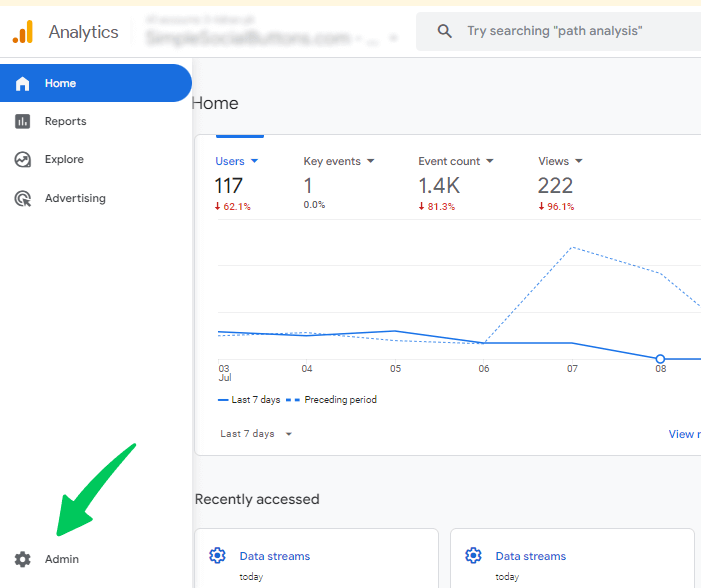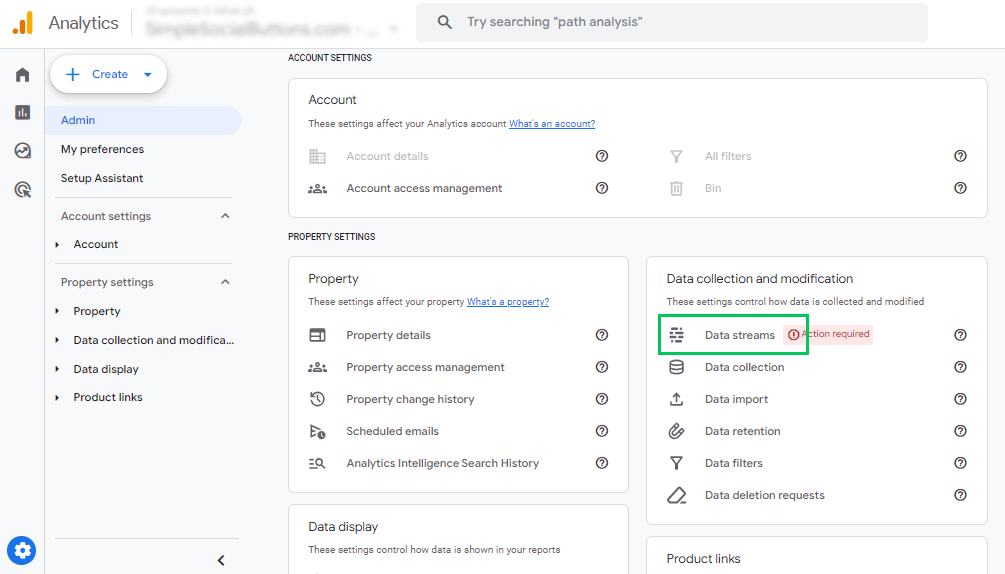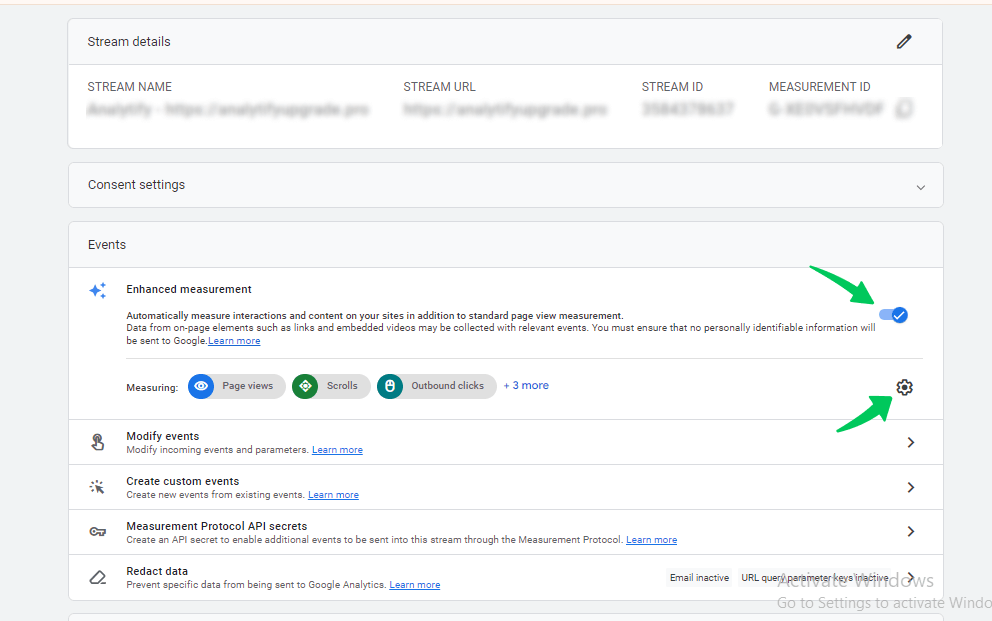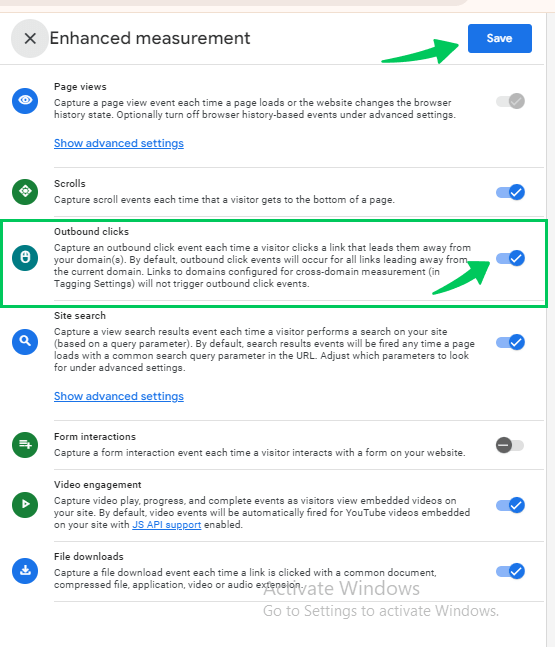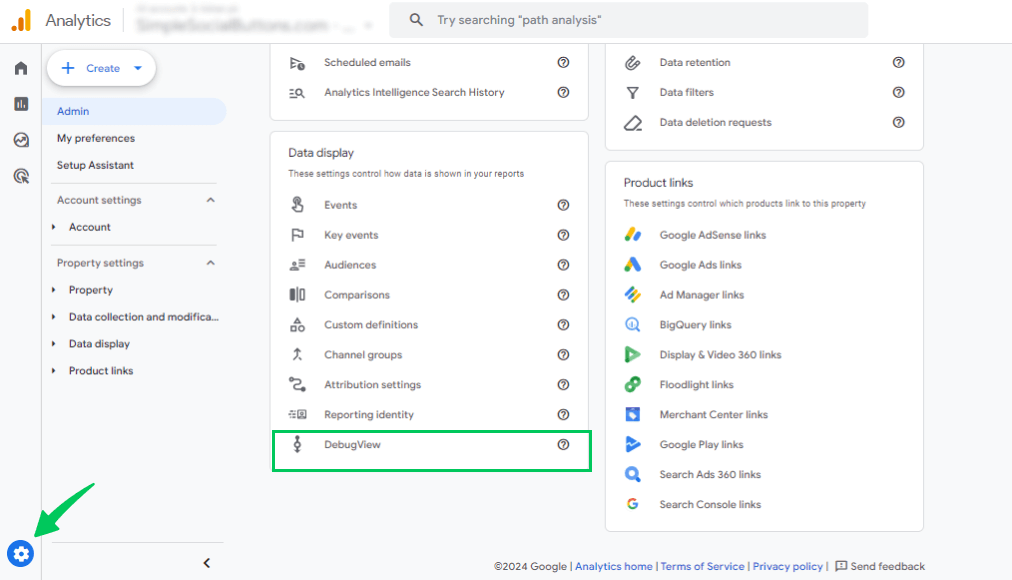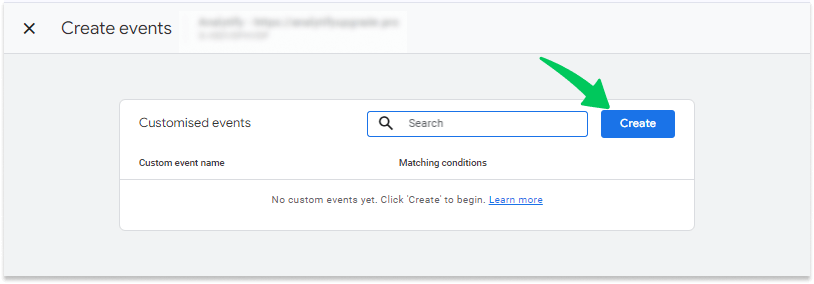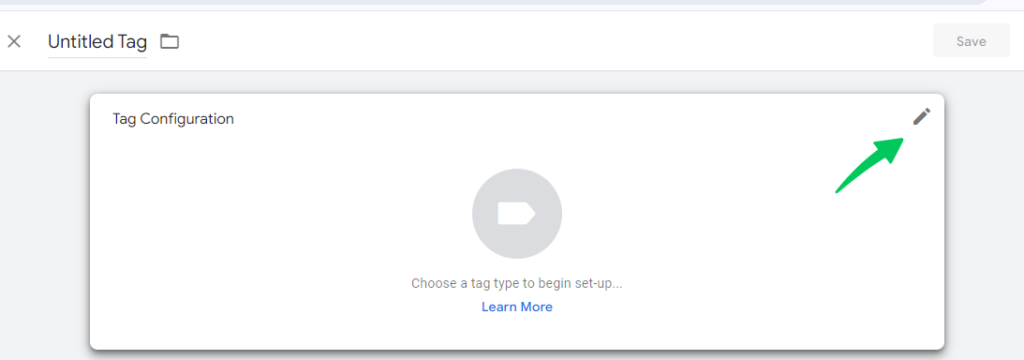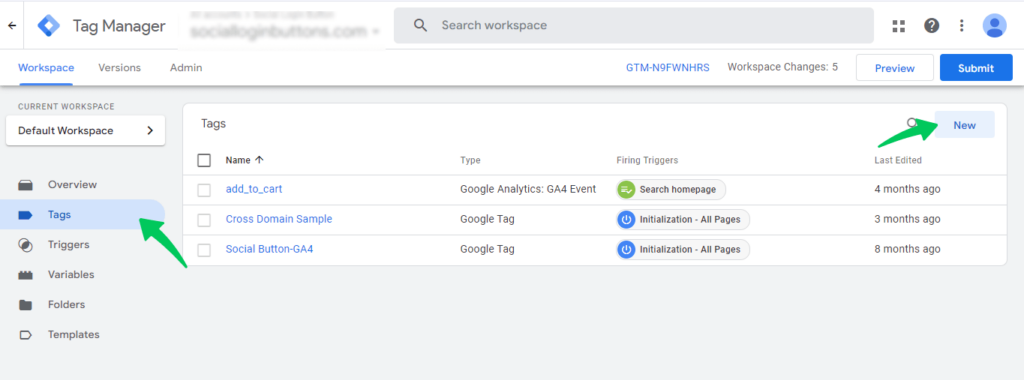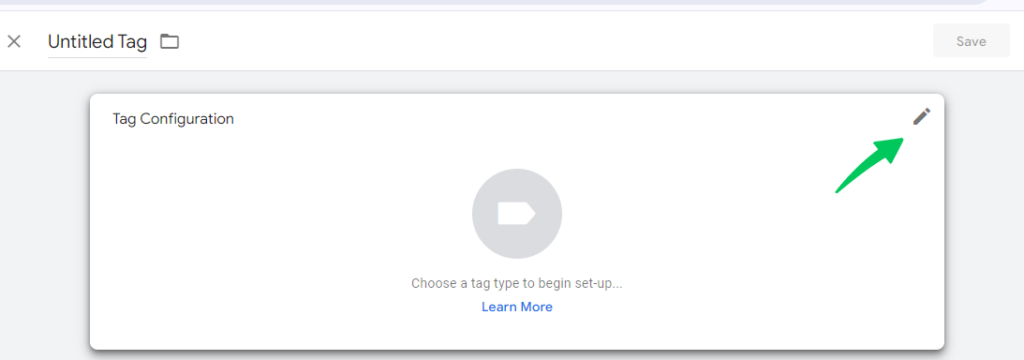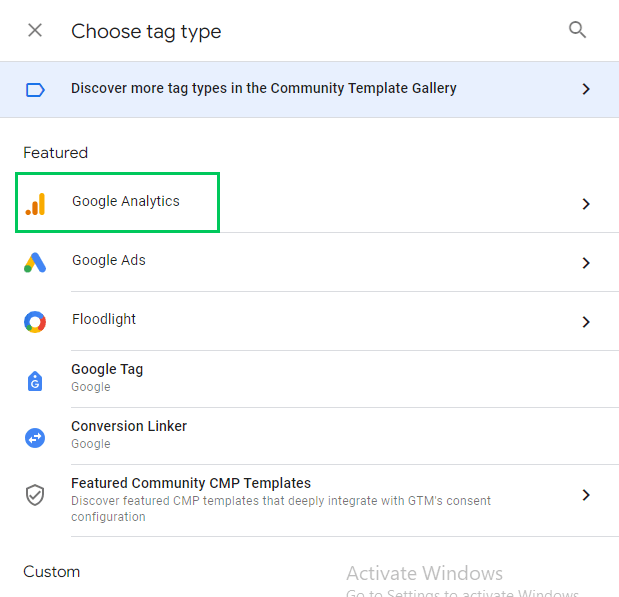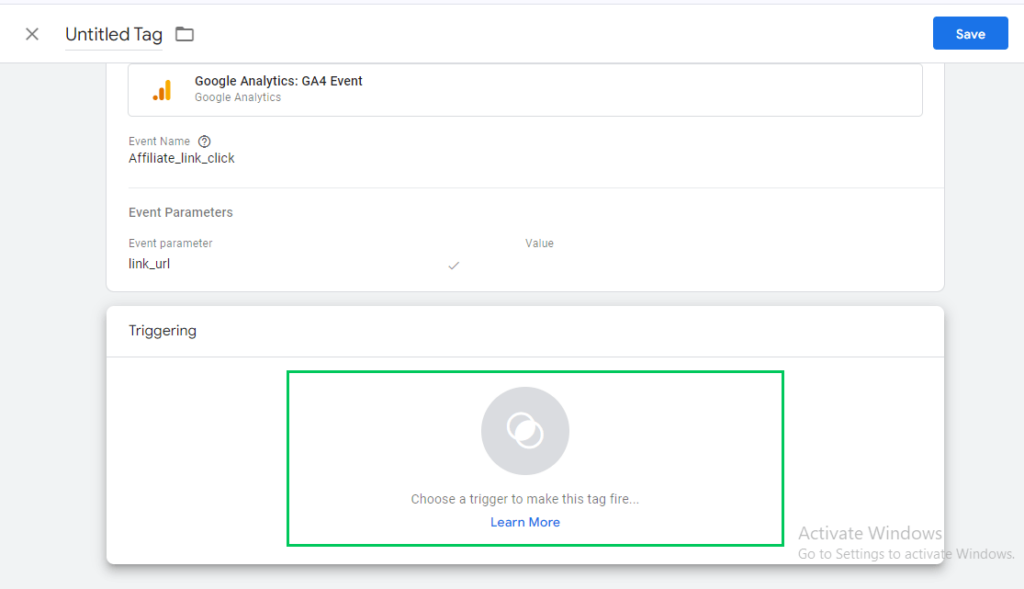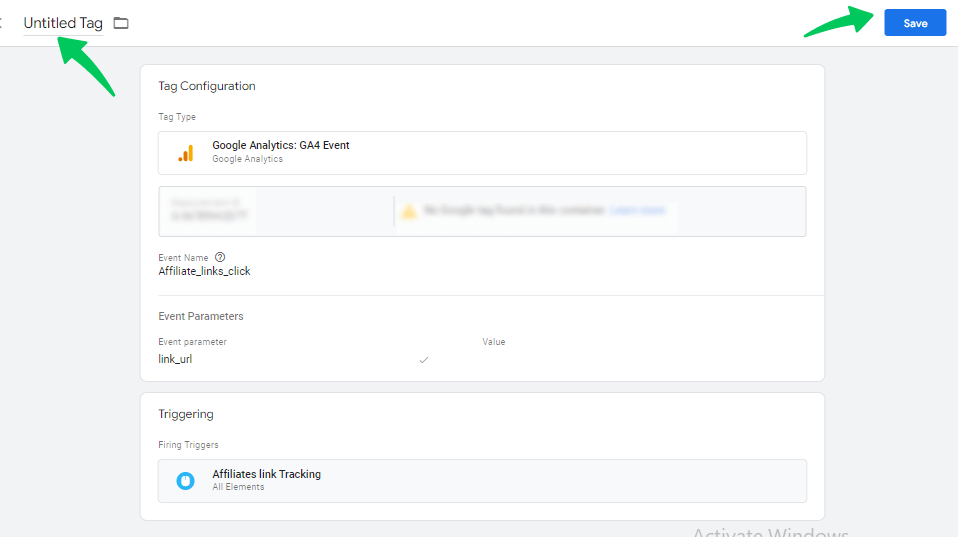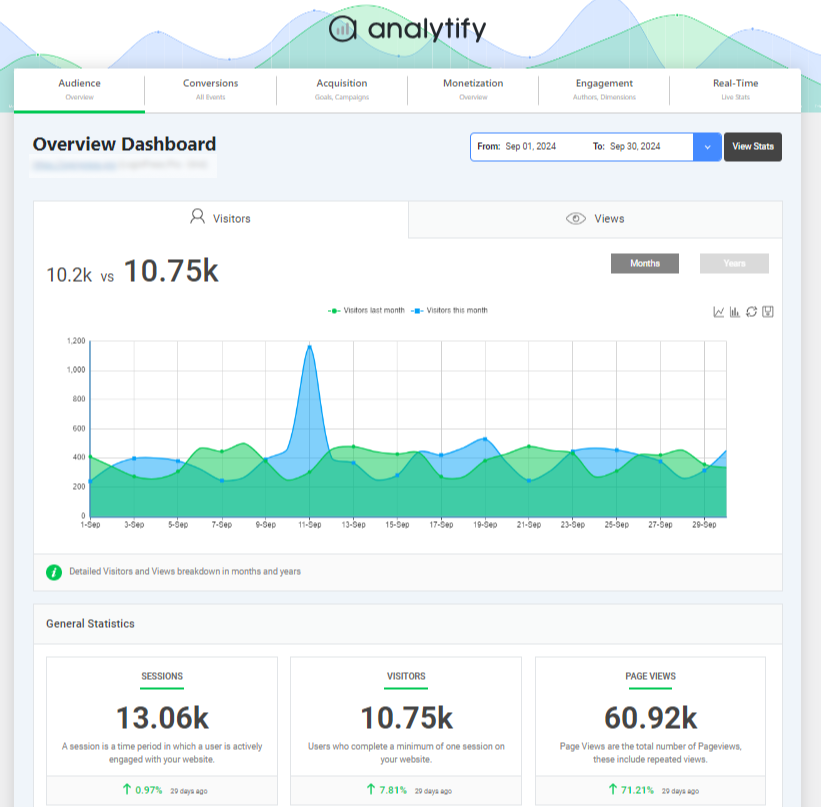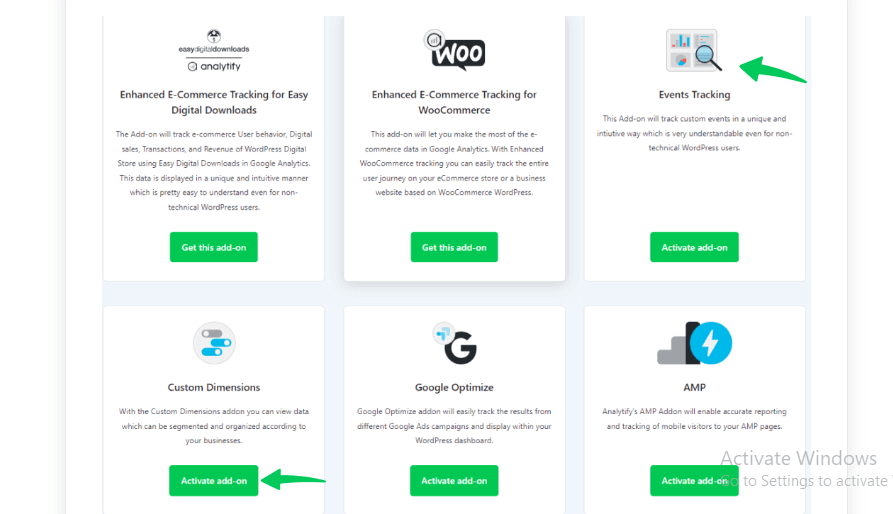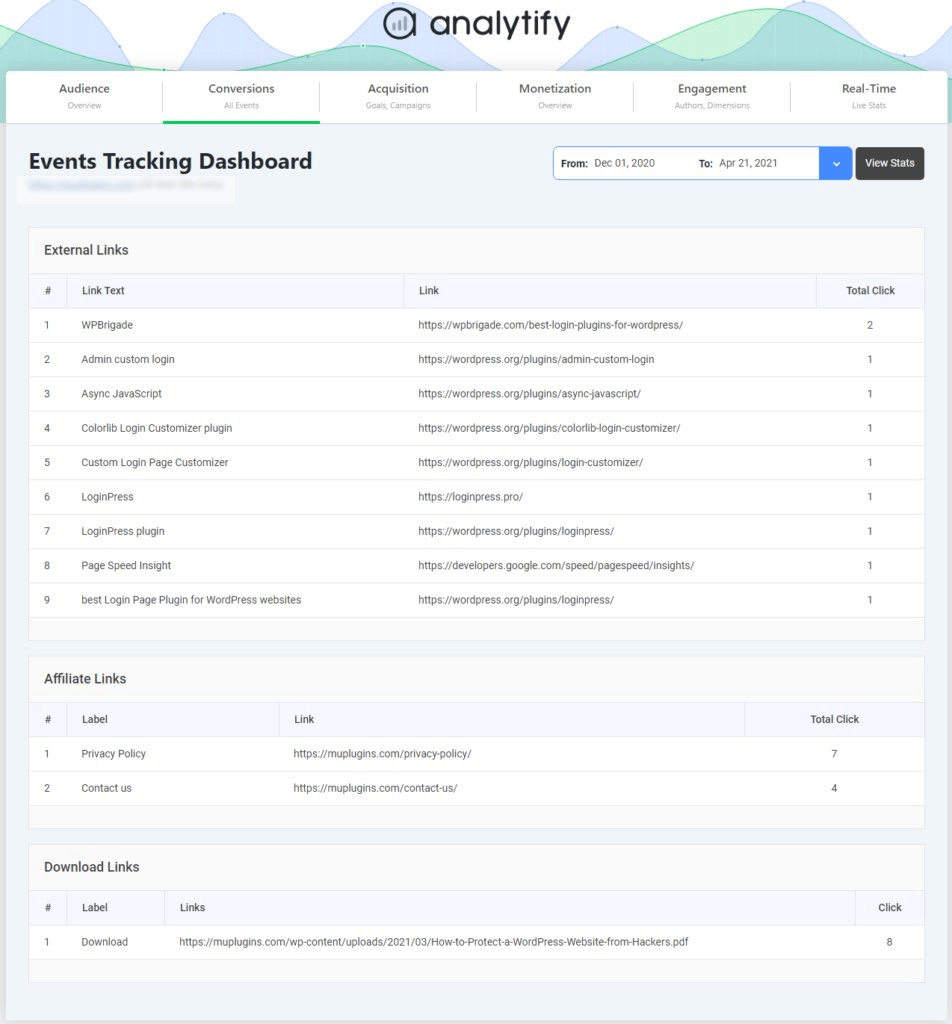
How to Track Affiliate Links in Google Analytics 4
Are you wondering how to track affiliate links with GA4?
Our guide on Affiliate link tracking covers everything you need to know, from understanding the basics of affiliate links and why tracking them matters to setting up effective tracking in GA4.
You’ll explore various methods, including configuring custom events in GA4, using Google Tag Manager, and using the Analytify plugin for WordPress users. With these tools, tracking affiliate links becomes easy, empowering you to analyze performance and boost your marketing results.
Let’s get started!
GA4 Affiliate Link Tracking (TOC):
What are Affiliate Links?
Affiliate links are unique URLs used in affiliate marketing to track the performance of referrals made by affiliates. These links contain an affiliate’s ID or username, ensuring they receive credit for any sales, leads, or traffic generated through their promotion.
When someone clicks on an affiliate link and makes a purchase (or completes another predefined action), the affiliate earns a commission based on the terms agreed upon with the merchant or company.
For example: If an affiliate promotes a product from an online store, their affiliate link might look like this:
https://www.onlinestore.com/product?affiliate_id=12345
When someone clicks this link and makes a purchase, the affiliate earns a commission based on the terms agreed.
Importance of Tracking Affiliate Links
Tracking affiliate links is essential for understanding the impact of your affiliate marketing efforts. Whether you run a blog, manage an e-commerce site, or promote products through affiliate programs, monitoring how these links perform can help you optimize your strategy.
- Measure Performance: Affiliate link Tracking helps you understand how well your affiliate marketing efforts work. You can easily see which links are driving traffic and sales.
- Optimize Campaigns: when you track affiliate link clicks, you can identify which promotions or campaigns perform best. It lets you focus on the ones that bring the most value.
- Track Conversions: With tools like GA4, you can track conversions from affiliate links, helping you know which partners bring in sales or leads.
- Monitor User Behavior: Tracking affiliate links allows you to see how users behave after clicking your links. It includes knowing where they come from, what they do next, and how likely they are to convert.
- Earn Accurate Commissions: When you track affiliate link clicks accurately, you ensure that you and your affiliates get proper credit and commissions for referred sales.
- Discover High-Performing Content: Track which pieces of content are most effective at driving affiliate clicks so you can create more of what works.
- Identify and Remove Ineffective Links: Using Google Analytics to track link clicks with GA4, you can quickly spot underperforming links and adjust or replace them for better results.
Differences Between Affiliate and Regular Link Tracking
Here is a table highlighting the key differences between affiliate tracking and regular link tracking:
| Aspect | Affiliate Link Tracking | Regular Link Tracking |
| Purpose | Focuses on tracking links that generate commissions or revenue from referrals. | Tracks general user activity and engagement without monetary incentives. |
| Tracking Tools | Often uses specialized affiliate tracking tools or UTM parameters to monitor sales and conversions. | Typically, it relies on standard analytics tools like Google Analytics to track website traffic. |
| Revenue Attribution | Tracks the referral of sales or leads, assigning commissions to the affiliate. | No revenue attribution; tracks general user engagement with content or products. |
| Conversion Focus | Monitors specific actions like purchases, sign-ups, or leads generated from affiliate links. | Tracks broader actions such as page views, clicks, or form submissions. |
| Link Structure | Affiliate links often include special tracking codes or referral IDs. | Regular links are simple URLs with optional UTM parameters for tracking. |
| Reporting Metrics | It focuses on metrics like conversion rates, commissions, and the ROI of affiliate campaigns. | Reports on standard metrics like click-through rates, bounce rates, and user behavior. |
| Link Ownership | Links often lead to external websites or third-party | Links usually direct to internal pages or resources within the same website. |
| Monetization Goal | Generates income through referred sales or leads. | Focuses on driving traffic, engagement, or user actions without direct financial reward. |
How to Track Affiliate Links with GA4
Affiliate tracking effectively is crucial for understanding your marketing performance. This section will cover how to track affiliate links in Google Analytics 4 (GA4) and Google Tag Manager (GTM). We will also explore a method for WordPress users using the Analytify plugin.
Method 1: Tracking Affiliate Links with GA4
To effectively track affiliate link clicks, you must first set up Google Analytics 4 (GA4) on your website. If you haven’t done this yet, check out our article for a detailed guide to setting up a Google Analytics account.
Enable Outbound Clicks with Enhanced Measurement
To start, make sure that Enhanced Measurement is activated for your GA4 property, allowing you to track outbound clicks. To do this, follow these steps:
- Navigate to the GA4 property, where you have to make these changes. Click on the Admin option at the bottom left menu bar.
- Select the Data Streams tab under the Data Collection and Modification card.
- Choose the web data stream where you want these changes.
- First, ensure that the Enhanced Measurement option is enabled. Then, click on the gear icon to access its settings.
- Now click on the toggle button in front of Outbound links. Then click on the save tab to save your changes.
After saving these changes, outbound link tracking will be enabled. You’ll typically need to wait around 24 hours before seeing this data reflected in your standard and custom reports. Consider it as GA4 taking its time to process the click information and make it available for analysis.
Install the Google Analytics Debugger Extension
You can begin testing your data using the DebugView feature with the necessary settings. To facilitate this, you need to install a Google Chrome extension called the Google Analytics Debugger.
- Install the Extension: You can find and install the extension from the Chrome Web Store. Once installed, click on its icon to ensure the extension is activated (indicated by an ON ribbon). You will then start to see incoming events in the DebugView.
Tracking Affiliate Link Clicks
Next, head over to the DebugView in GA4:
- Locate the DebugView: You can access DebugView by navigating to Admin > DebugView.
- Click on Affiliate Links: With the Google Analytics Debugger activated, click on the affiliate links you want to track. In the DebugView, you should see event entries labeled ‘click’ on the timeline.
- Verify Events: After clicking on the affiliate links, you should see events corresponding to your clicks. For example, if you clicked on two outbound links, you would see two entries.
To confirm that these events are indeed the ones you need, click on an event and check the value of the link_url parameter. This parameter should display your affiliate link.
Create Custom Events
Now that GA4 is set up to track your outbound clicks, you can establish new custom events for your affiliate link clicks. Here’s how:
- Navigate to Events: In GA4, go to Admin > Events.
- Create New Event: Click on Create Event and then select Create to add your new affiliate events.
- Name Your Event: Assign a name to your event, such as affiliate_link_click. Next, you’ll need to define when this event should be triggered.
- Set Conditions: Since GA4 tracks outbound clicks as click events, set the first condition to Event Name, equals, click. While this will activate the event for all outbound clicks, you want to refine it further. Add another condition based on the link_url you observed in DebugView. For instance, you can use link_url, which contains, amazon.com.
This configuration ensures that the affiliate_link_click event is triggered whenever GA4 logs a click event with a link_url containing amazon.com.
Testing the Setup
With everything configured in GA4, it’s time to verify your setup:
- Return to DebugView: Return to DebugView and ensure the Google Analytics Debugger extension is still enabled.
- Click on Affiliate Links Again: Click the affiliate links on your website again. In DebugView, you should now see your new affiliate_link_clicks alongside the other click events.
- Check for Events: If you included example.com and amazon.com in your conditions, you should see two affiliate_link_clicks.
If the events don’t appear immediately, give it a few more minutes and check again. Once visible, these new events will include the same parameters as the original click events, such as the link_url parameter.
Method 2: Tracking Affiliate Links with Google Tag Manager (GTM)
Set Up Google Tag Manager (GTM)
- Create an Account: If you don’t have a GTM account, create one and set it up for your website.
Create a Click Trigger for Affiliate Links
- Navigate to Triggers: In GTM, click on “Triggers” in the left sidebar and then click “New.”
- Choose the pen icon to trigger the configuration.
- Choose Trigger Type: Select “Click – All Elements” as the trigger type.
- Configure Trigger:
- Choose “Some Clicks.”
- Set the condition to target your affiliate links (e.g., click URL contains “affiliate”) and tag name.
- Click on the save tab after adding all conditions.
Configure the GA4 Event Tag
- Create a New Tag: Click “Tags” followed by the “New” tag button.
- Click the pen icon to add tag-configuration.
- Select Tag Type: Choose “GA4 Event” from the tag types.
- Configure Tag Settings:
- Set the event name (e.g., affiliate_link_click).
- Add parameters like link_url to capture the affiliate link click.
- Attach Trigger: Select the trigger you created in Step 2 to fire the tag.
- Now name your tag and click the save button to save all changes.
Test Your Setup with GTM Preview
- Use Preview Mode: Click on the “Preview” button in GTM to test your setup.
- Verify Events: Visit your website to ensure the affiliate link clicks are tracked properly in the GTM debug console.
Tracking Affiliate Links in WordPress with Analytify
Join 50,000+ beginners & professionals who use Analytify to simplify their Google Analytics!
If you’re using WordPress, the Analytify plugin can simplify tracking affiliate links. Analytify is one of the best plugins for integrating Google Analytics with WordPress, providing a user-friendly dashboard that makes tracking website performance easy and accessible directly from your WordPress admin area.
With its simple setup and powerful features, Analytify helps you track essential metrics, from page views and sessions to eCommerce conversions, without needing technical expertise.
To get started, you can follow this guide to install the Analytify.
After installing the plugin, enable the Event Tracking Addon for more detailed information about the user interactions on your website, such as button clicks, downloads, and affiliate link clicks.
For setup instructions, refer to this guide on enabling the Event Tracking Addon.
Features of Analytify Event Tracking Addon
With the Event Tracking Addon, Analytify gives you a comprehensive view of user actions beyond page views. Here are some of the key features of Analytify’s affiliate event tracking:
- Detailed Interaction Tracking: Capture and analyze specific events like form submissions, video plays, button clicks, and affiliate link clicks.
- Track affiliate links clicks: Analytify can automatically detect and track clicks on affiliate links.
- Customizable Event Categories: Organize tracked events into custom categories to better understand the context of user interactions.
- Seamless Google Analytics Integration: Data collected by Analytify’s Event Tracking Addon is seamlessly integrated into your Google Analytics account, enhancing your overall data analysis.
With these features, Analytify’s Event Tracking Addon makes it easy to get deeper insights into user behavior and optimize your website’s performance effectively.
Affiliate Link Tracking FAQs
1. How do I track affiliate links in Google Analytics 4?
Enable outbound link tracking under “Enhanced Measurement” in your GA4 property settings to track affiliate links. This feature automatically tracks link clicks leaving your site.
2. How do I view affiliate link data in GA4 reports?
Go to your GA4 “Events” reports to view clicks on affiliate links. If you created a custom event, look for its name (e.g., “affiliate_link_click”) in the event list.
3. How long does it take for affiliate link data to show in GA4?
Data for tracked events, including affiliate links, typically appears within 24 hours in GA4 reports, depending on traffic and data processing time.
4. Is Analytify useful for tracking affiliate links in WordPress?
Analytify is the best WordPress plugin that simplifies tracking affiliate and outbound links directly within your WordPress dashboard with the help of an Event tracking add-on, especially for users who prefer not to use GTM.
5. Are affiliate link clicks tracked in real-time?
GA4 provides real-time tracking for affiliate clicks. Visit the real-time report to monitor live click activity on affiliate links.
6. How can I ensure GDPR compliance when tracking affiliate links?
Ensure consent by using a cookie banner, anonymizing user data, and setting data retention policies in GA4 to align with privacy regulations.
Final Thoughts: GA4 Affiliate Tracking
In conclusion, tracking affiliate links effectively in Google Analytics 4 offers valuable insight into which links generate the most traffic, conversions, and revenue. Methods like configuring custom events in GA4, utilizing Google Tag Manager, and using the Analytify plugin for WordPress can help you set up accurate and comprehensive tracking for your affiliate links.
Google Analytics affiliate link tracking enables you to measure performance, optimize campaigns, and ensure your strategy drives meaningful results. By utilizing tools like Analytify to track affiliate link clicks with GA4, you can maximize the impact of your affiliate marketing efforts, enhancing overall growth and success.
For more details on tracking outbound links in GA4, check out this guide on how to track GA4 outbound links.
Do you have thoughts on the best methods for tracking affiliate links? Please comment below—we’d love to hear your experiences!

